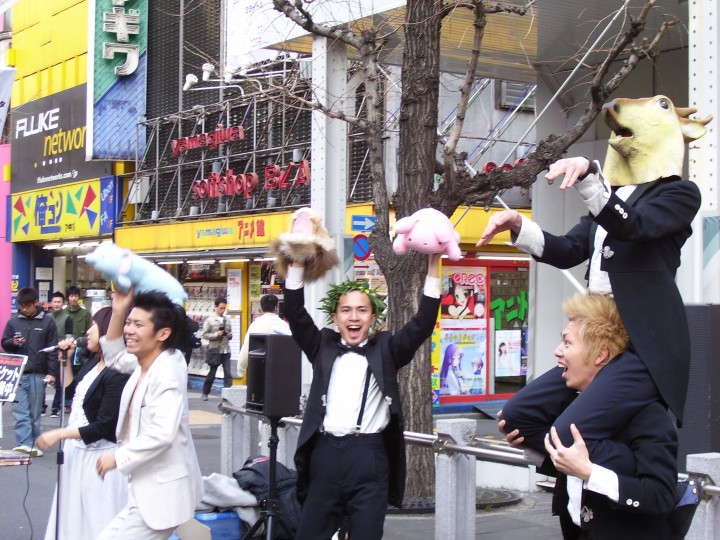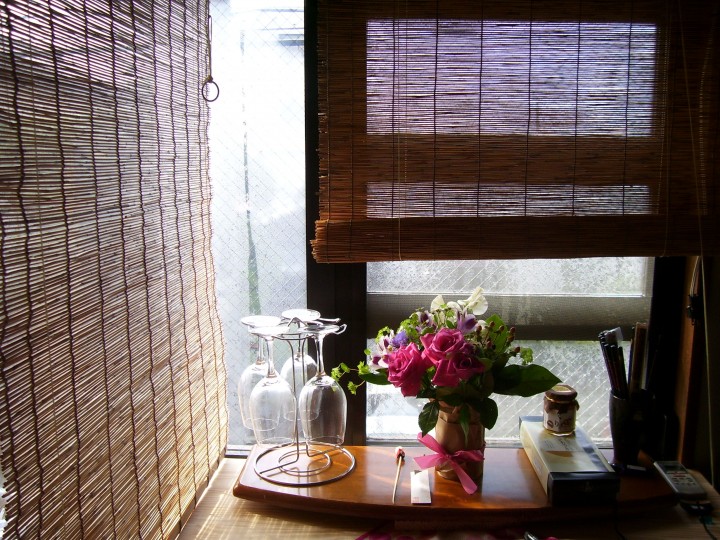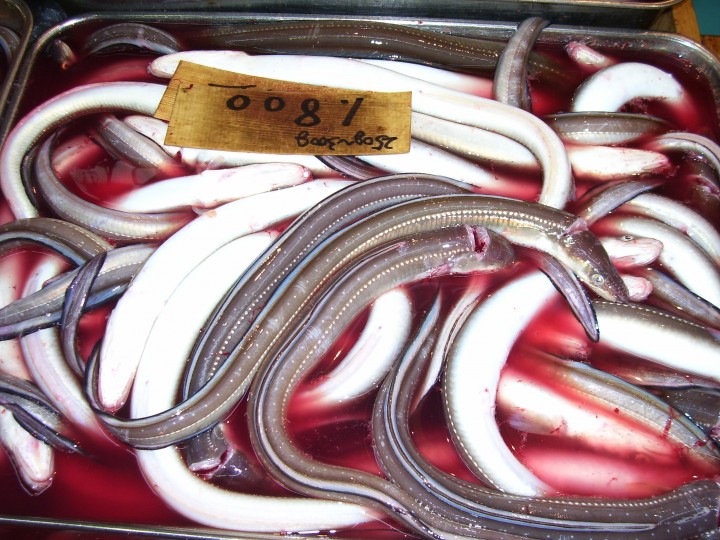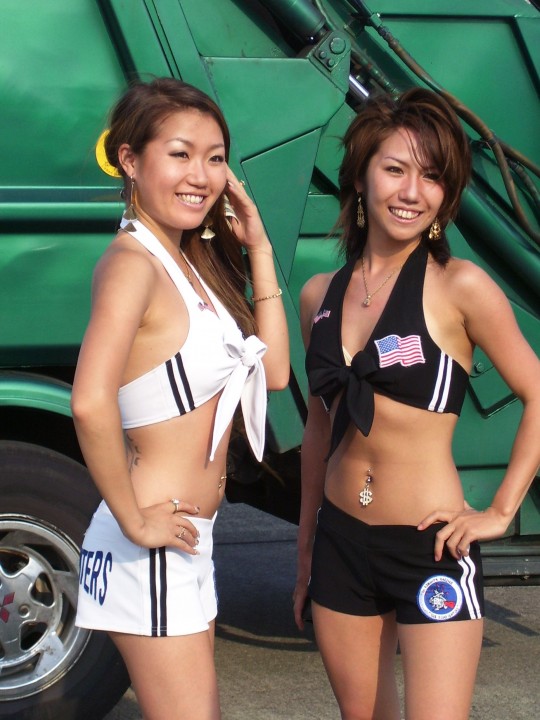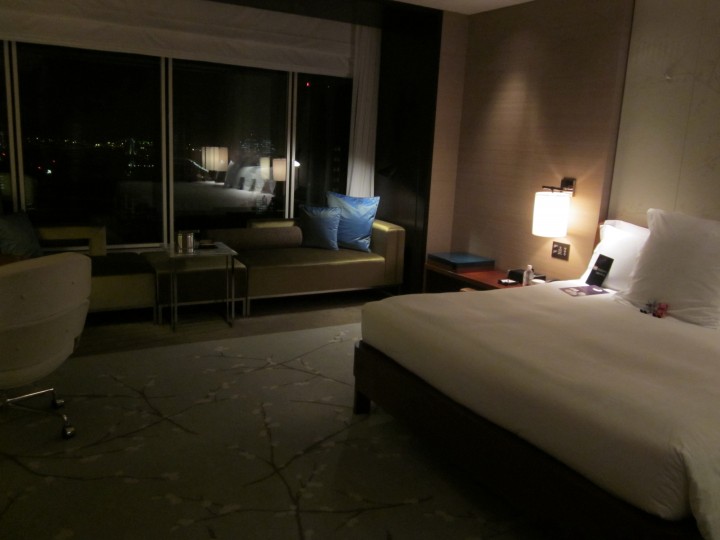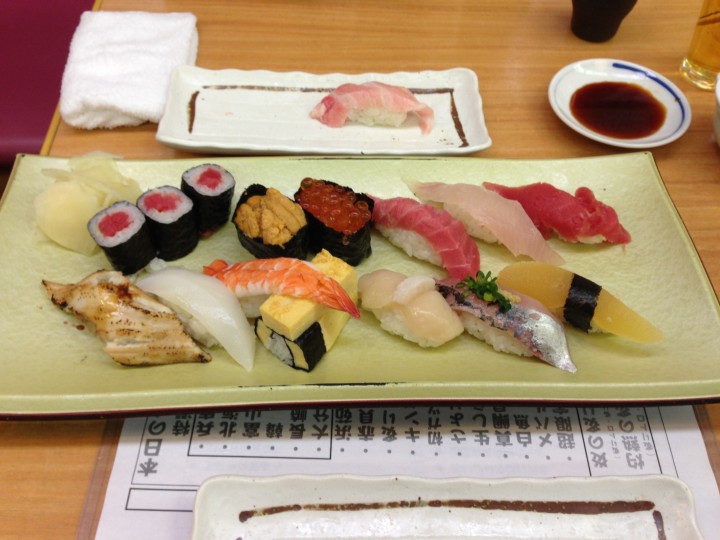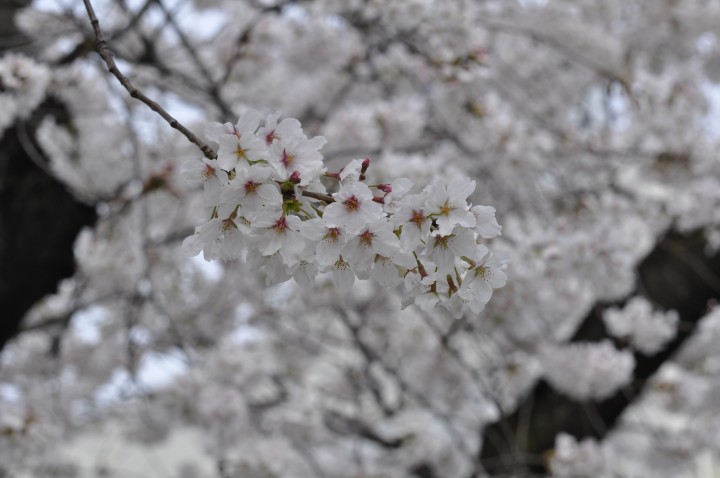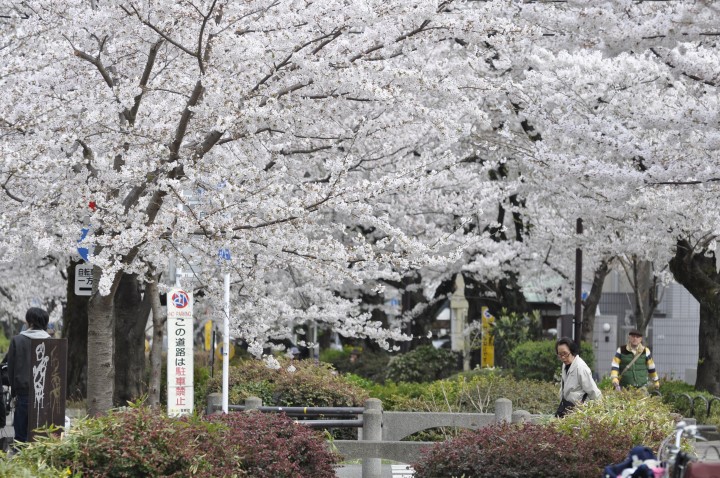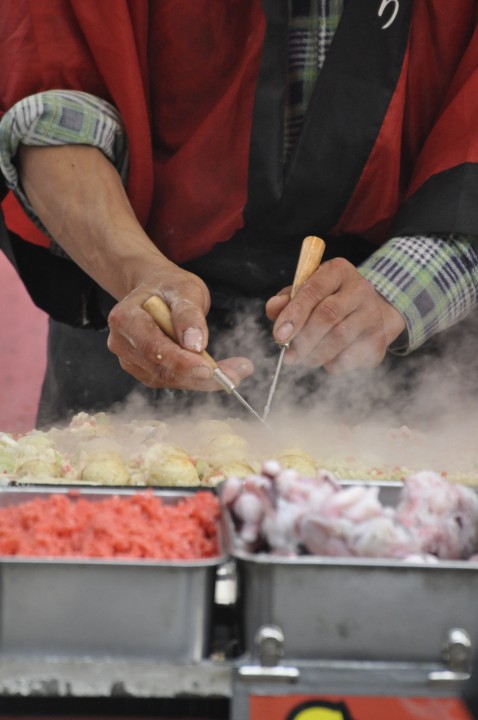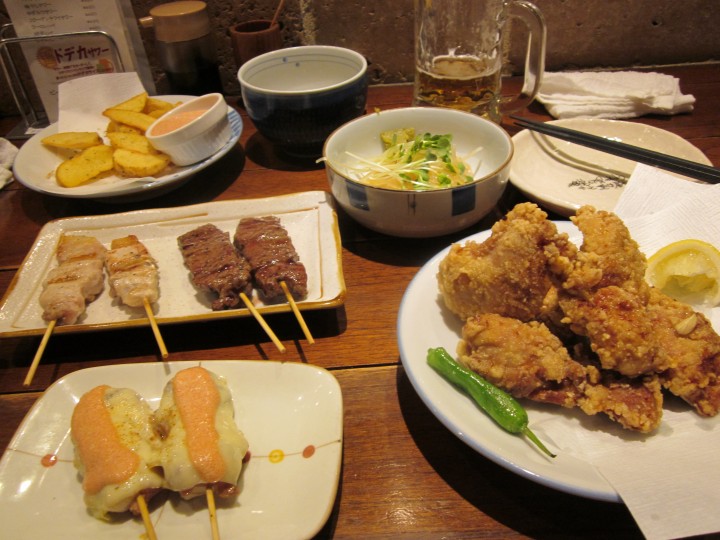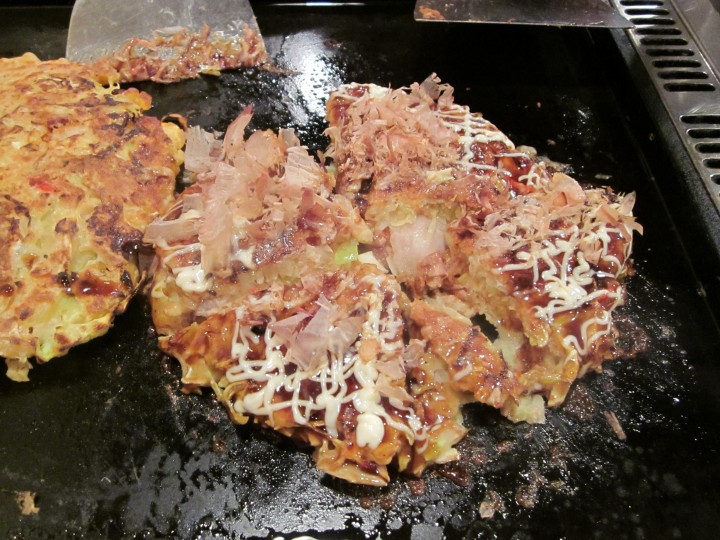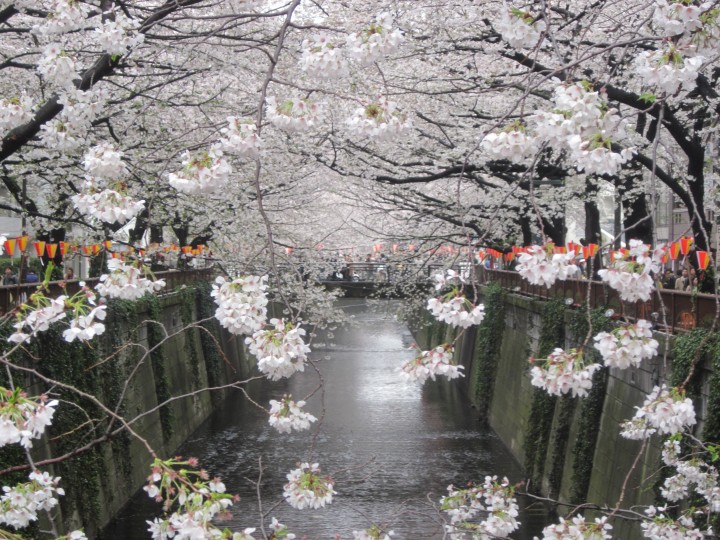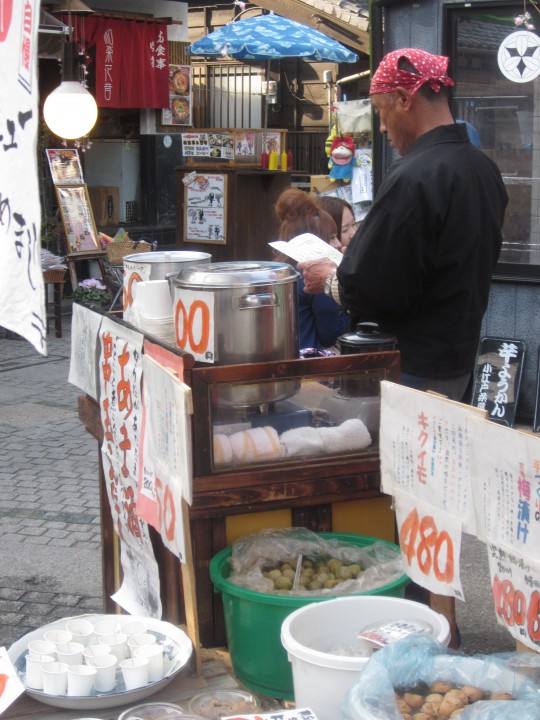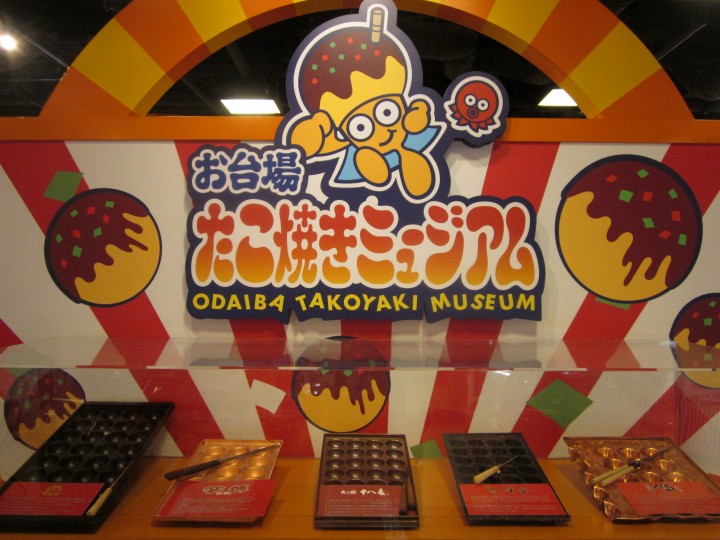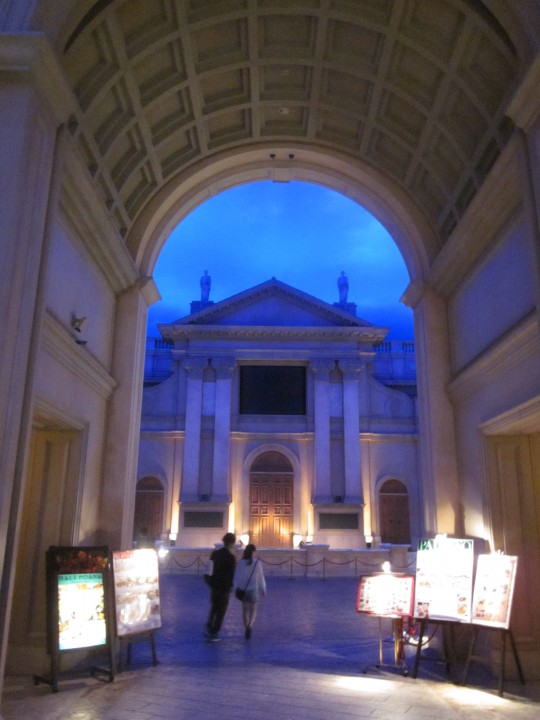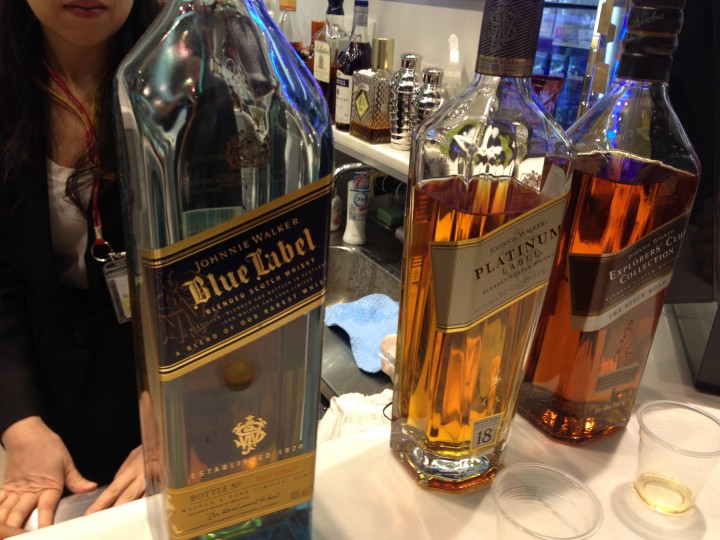I was both excited and apprehensive to return to Tokyo as a tourist, having lived there for three years yet not being back for five. The usual worries were present- “will my language skill be up to par? What will my old friends be like? What will I be like around them?” And still, there was a more complex nervousness at the forefront.
When we first moved to Tokyo 8 years ago, we were young and broke, had never lived together in the “real world”. Everything was new- even washing our own dishes was exciting. New challenges also presented themselves all day, everyday. Renting an apartment was like climbing Everest- you would think landlords should welcome your money, but not if you haven’t thoroughly established yourself in the country first, and paid them key money, or “reikin” for the privilege of occupying their space.
I found myself missing certain creature comforts- Pizza with no mayonnaise on it. Starbucks, though I very rarely went in the US. “American Idol” was a treasured luxury.
I also found certain stereotypes very frustrating. Being a very tall, redheaded American woman, I surely must fit into one of two very small boxes- teacher or hostess (which, in the Japanese sense of the term, focused on a very different sort of hospitality). I sure enough fit into the former category, but was often treated like the latter.
This time, I predicted, will surely be different. A lot of time has passed, places visited, lessons learned. But visiting for a few days will never feel the same as experiencing as a permanent resident.
We checked into the Conrad Tokyo, our four following days jam packed with plans. The hotel was “exhibit A” of how our lives had changed. Floor to ceiling windows provided a panorama view of the high-end Tokyo we never fully experienced the first time around. Thirty floors above the blooming sakura blossoms and crowded trains, I could enjoy the beauty of the city without worrying about the muzukashii (a difficult to define word, generally meaning “difficult” but often used when people would rather not talk about any further) day-to-day.
Why is it that, when you live in a place, you don’t ever take advantage of the best it has to offer? In three years, I had eaten at Tsukiji fish market all of 3 times. A half-hour after check-in, we marched there through the pouring rain, settling in for our first meal in the country; buttery otoro (fatty tuna), Maguro temaki (tuna hand rolls) bursting with the ocean, and a rainbow of sushi so bright, we quickly forgot the freezing rain outside.
We returned to our old neighborhood- “Shimo Kitazawa” the next morning. Stops on our tour included: 1) our old apartment, 2) the supermarket where we used to stock up on rediculously cheap gourmet goodies (Moet for $100!!), 3) the river where we walked our dog every morning and night, 4)the hyaku-yen (100 yen=about one dollar) shop to buy prezzies for the fam, 5)The 500yen wood-oven pizza place by the station, 6) Walking to Sangenjaya like I used to every morning on the way to work, 7) Remembering what it was like to do all of these things here so long ago.
Families/couples/dogs still hanami-ed under the fragrant sakura lining the river. Trendy students still milled along the main street- shopping, chatting and generally being hip. But I now realized how crazy it was for the neighborhood coffee shop on the corner to chem-ex brew Maldivian beans. How decadent it was for the 5 dollar pizza to come with Italian prosciutto, home-made chilli oil, and have at least 5 types of high-end whiskey stocked at the bar. For another dose of extremes, off to Harajuku’s Takeshita Dori, Meiji Jingu, and Yoyogi-Koen, bringing back memories of many lazy Saturday afternoons.
That evening, I sat in on Bujinkan Ninjitsu training- a larger affair than usual as it was Kono ichi taikai– a gathering of ninjas from around the world- and a special emphasis on the women- honing their practice. Listening to Sensei philosophize about the nuances of this 500 hundred-year-old art needed no translator- it was something to feel rather than comprehend.
On to Ginza for yakiniku (grilled meat), at a hole in the wall where (we could tell) very few gaijin go. Sitting at the bar, the surprised server delivered his osusume (recommendation)– pork and chicken skewers, fried chicken livers, and giant nama (draft) beers. The chef grilled the meat in front of us, while we were similarly smoked by our neighbor’s cigarette puffing. Smoking is restaurants is something I definitely do NOT miss.
The next day, I was left to enjoy a girls’ afternoon with an old friend. I was craving okanomiyaki, which is just as much about the process as it is about the food. Sitting across from each other over the table-sized griddle, we stirred the pancakey batter into the array of seafood, pork, cabbage and onions, sharing stories of the past 5 years. Warmed by the “teppan” hotplate and strong beer, we strolled along the Meguro river, drank sakura amasake (sweet, low-alcohol fermented rice drink), and watched the sky snow flower petals.
I returned to the Conrad for a quick change, and onto the Oak Door, in the Grand Hyatt, Roppongi Hills for a company dinner. Everyone ordered variations of the “Chef’s Exclusive Dinner Set”, a five course journey through Japan including tuna tartar, Taraba crab cakes, Hokkaido scallops, Kobe A5 sirloin, and- what else- New York cheesecake. This embarrassment of riches was paired with a spectacular variety of wines from Barossa, France, Italy…as international as the people at the table. I was exceedingly thankful to be able to eat such beautiful food, and each course was a journey in itself.
The final full day in Tokyo as a tourist, we took Seibu-Shinjuku line to Hon Kawagoe, a beautiful historical area about 1.5 hours to the northwest of central Tokyo. This was a favorite day trip of mine when I lived in Japan. Strolling along Ichibangai Dori, you can shop as people did in the Edo period, listen to the famous Toki no Kane clock take you back in time, count the 500 facial expression of the Rakan statues, which supposedly took 50 years to carve. My favorite stop, though, is Kashiya Yokocho, or penny candy lane. Munching on sweet potato ice cream, rice crackers, and dumplings in that street transports you back to someone else’s childhood, one that you kind of wish were part of your own.
We ate our final meal in Tokyo at yet another place outside the normal tourist’s agenda- Indian curry at Ahilya in Osaki with some friends. This was a popular outing when we lived here, so why not? Was it the rounds of drinks, spicy curries, or last goodbyes that made me teary?
Since we would’t fly until that evening, there was just enough time for one last round of morning martial arts for him, and a shopping trip to Odaiba for me. An easy 15 minute trip on the Yurikamome from Shinagawa, the Skytrain offers some of the best views of the city, the Rainbow Bridge, and Tokyo Bay. This was another outing I often enjoyed while living in Tokyo- Venus Fort and Aquacity are basically like shoppers’ Disneyland.
There are Takoyaki and History Garage museums next to high-end outlets, and Joyopolis, Kawaii Paradise, Legoland, and a massive “skywheel” in Palette town for the kids. The array of restaurants and city views are staggering, and between the full-scale Roman piazzas, the Statue of Liberty by the water, and the 3-D adventures at Sony ExploraScience, you will have no ideas where you are after a few hours.
What better way to unwind from a whirlwind return to Tokyo than free whiskey at Narita Airport? Sitting at the makeshift tasting bar in duty free, we drank at least $100 of the world’s finest whiskeys, chatting and comparing the nuances with our fellow travelers. Herein lies the duplicity of Tokyo: if you are rich, either in currency or in insider knowledge, nowhere else can quite compare. The country prides itself on having the best-of-the-best, often at the expense of sanity. $250 for a melon? Sure! You could easily go crazy trying to figure out all the complexities of where and when to do what and how, but this time in Tokyo as a tourist, we chose to be at one with the crazy, and had a great time doing so.

